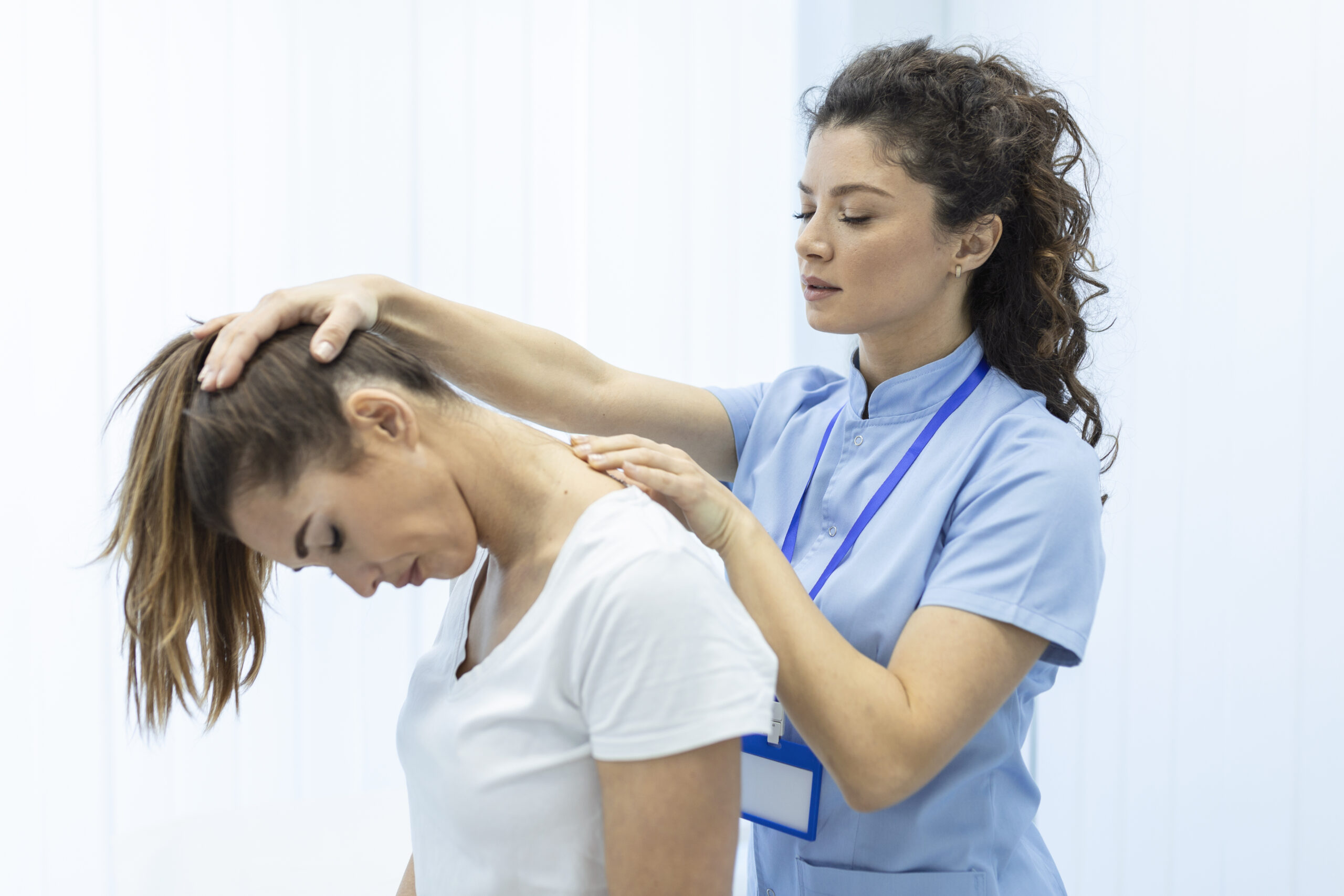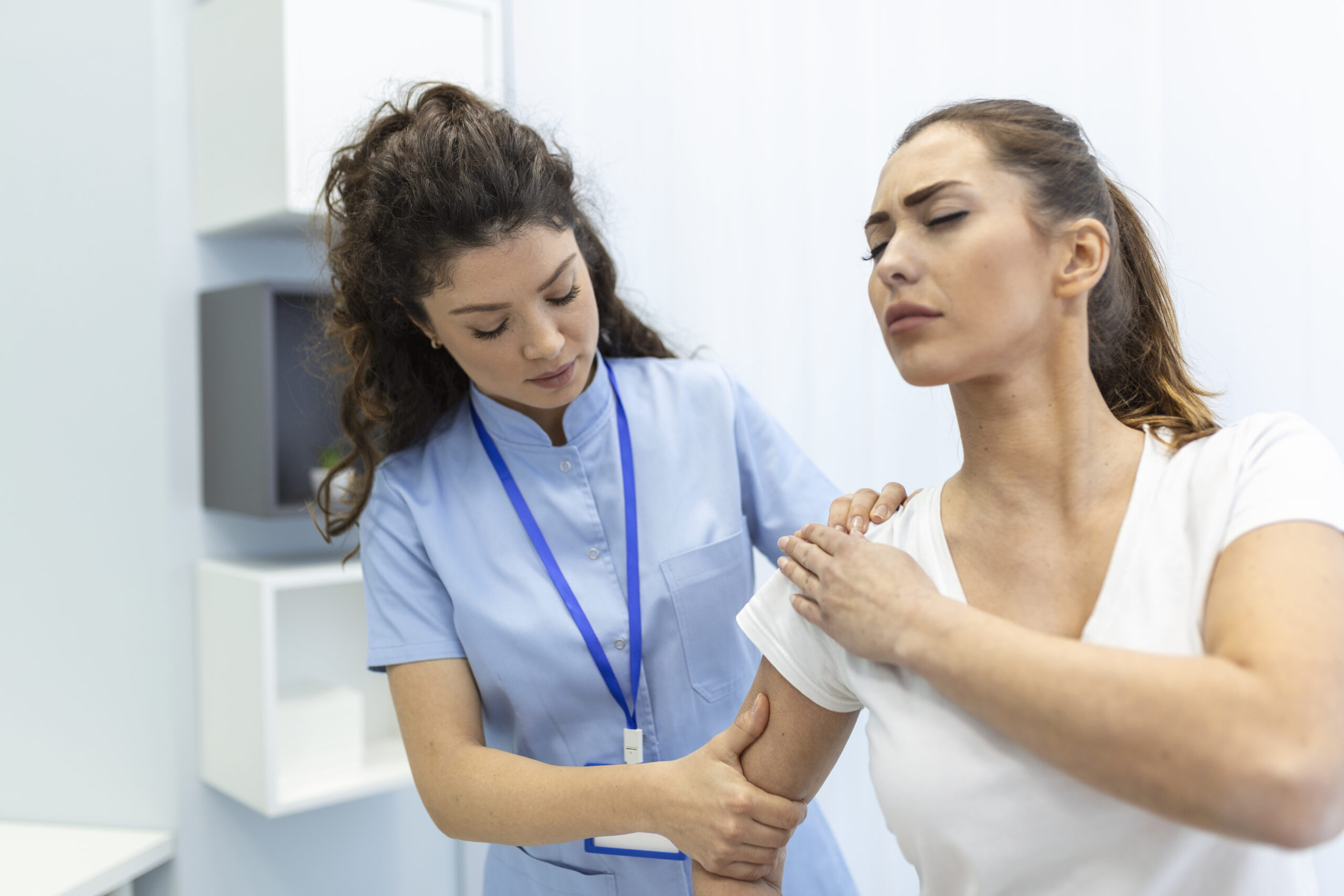
What is scoliosis?
A normal pillar, when looked at from behind, looks right. However, a spinal cord that is affected by scoliosis gives signs of an arc on one side or on both sides causing the spine to look like an "S" or "C" and with a spine of the spinal vertebrae, giving the impression that the person is tilting more to one side. Scoliosis is usually defined as an arch of the spine measured at 10 degrees or more.
Scoliosis is a type of spinal deformity that should not be confused with a bad posture. The spinal arch of scoliosis can be created on the right or left side of the pillar, or on both sides in different sections. Scoliosis can be caused in the thoraca (chest) or lumbar (middle) part of the spine.

Be strong and healthy
There are three types of idiopathic scoliosis that include:
- Infantile (Ckoliose that occurs from birth to age 3 years).
- Juvenile (scoliosis that occurs in children between the ages of 3 and 10 years).
- Adolescent (scoliosis occurring between the ages of 10 and 18)
-
WHAT CAUSES SCOLIOSIS?
In more than 80 percent of cases, the cause of scoliosis is unknown — a problem called idiopathic scoliosis. Scoliosis is more common in women than in men. It is also seen that 3 in 1000 children develop spinal arches that are considered large to require treatment.
-
WHAT ARE THE SYMPTOMS OF SCOLIOSIS?
Below are the most common symptoms of scoliosis. However, each child may show different symptoms. These include changes in shoulder height, head not in the center with the rest of the body, difference in positioning of the ends of the pelvic bone, keeping hands behind the body while standing upright, difference in back height when leaning forward, etc. Pain in the back, pelvis and changes in the frequency of discharge of the bowels or bladder are associated with idiopathic scoliosis. A child who shows these symptoms should definitely have a medical visit. The symptoms of scoliosis may also resemble other spinal problems or may result from an injury or infection. Always consult your doctor for a proper diagnosis.
-
WHAT IS THE TREATMENT FOR SCOLIOSIS?
The specific treatment for scoliosis is determined on the basis of: Age, general health status and medical history of the person The cause of scoliosis Duration of the problem Child/adult tolerance for certain medications, procedures or therapies Expectations for the continuity of the problem
SCHROTH TREATMENT METHOD
One of the treatments for scoliosis is the Schroth method which is a three dimensional treatment through exercises to lengthen the trunk and correct spinal imbalances. The goal is to develop the internal muscles of the chest cage in order to change the shape of the upper part of the trunk and correct the abnormalities of the spine. Only the physiotherapist specializing in this type of treatment method can instruct the patient for specific exercises to guide, bring to the center and rotate the spinal cord through corrective breathing methods.
- 1. Stabilizing arch/arch
- 2. Mobilizing body parts that are not in motion
- 3. Postural line upgrade
- 4. Teaching specific daily activities
- 5. Inducing corrections
- 6. Improving neuro-muscular control
- 7. Increased muscle strength and resistance
- 8. Improving cardio-pulmonary function
This method can be used for the treatment of patients with scoliosis of all ages and can be used to treat all stages of scoliosis including here and after surgery that may have been performed. Specific exercises are given based on the type of bow, rank, as well as the functions and mobility of the patient. The goal is to create an awareness of a new posture and line through positions, repetitions and breathing. Exercise positions can be modified so that the optimal position for the patient can be created. Schroth method therapists instruct the patient to stimulate tactical stimuli so that the patient understands the need for breathing and stretching to create muscle activation to correct the arc.
